Spice Up Your Life: 7 Asian Hot Peppers That Will Blow Your Mind (Literally)
If you’ve ever eaten a dish so spicy your nose ran faster than your thoughts could process, congratulations — you’ve met an Asian hot pepper. These little firecrackers are the unsung heroes behind some of the most iconic dishes in Global Spice Traditions.
From street food stalls in Bangkok to home kitchens in Sichuan, hot peppers aren’t just about heat — they’re about heritage, flavor, and sometimes, revenge on your taste buds.
Table of Contents
- Introduction
- The 7 Hottest Heroes of Asia
- Pepper Showdown: Heat vs. Flavor
- Tips & Tricks for Handling the Heat
- Conclusion
The 7 Hottest Heroes of Asia
Let’s meet the spice stars that define Asia’s culinary identity. Each one brings more than just heat — they bring history, culture, and a serious case of sweatpants-level spiciness.
1. Thai Bird’s Eye Chili (Prik Kee Noo)
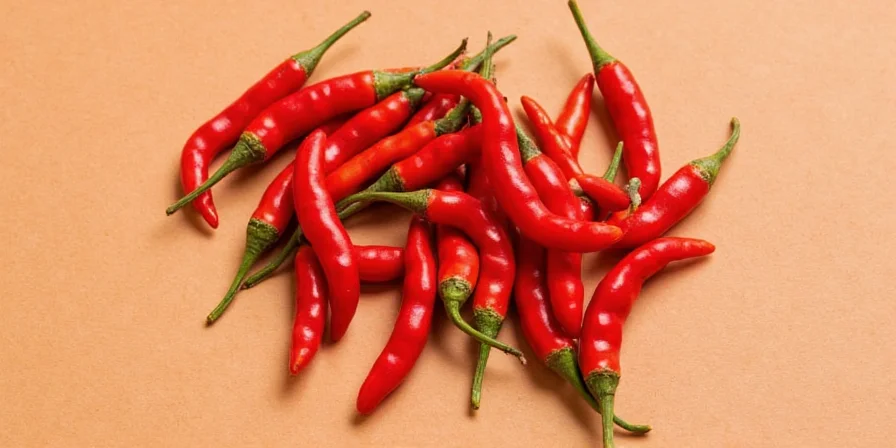
This tiny dynamite stick is a staple in Thai cuisine. Despite its small size, it packs a punch measuring around 50,000–100,000 SHU (Scoville Heat Units). Used in green curries, som tam, and chili pastes, this pepper screams “don’t underestimate me.”
- Flavor: Bright, grassy, slightly citrusy
- Best paired with: Coconut milk, fish sauce, lime
- Pro Tip: Don’t touch your face after handling these — unless you enjoy spontaneous eye-watering workouts.
2. Sichuan Chili Pepper (Hong You)
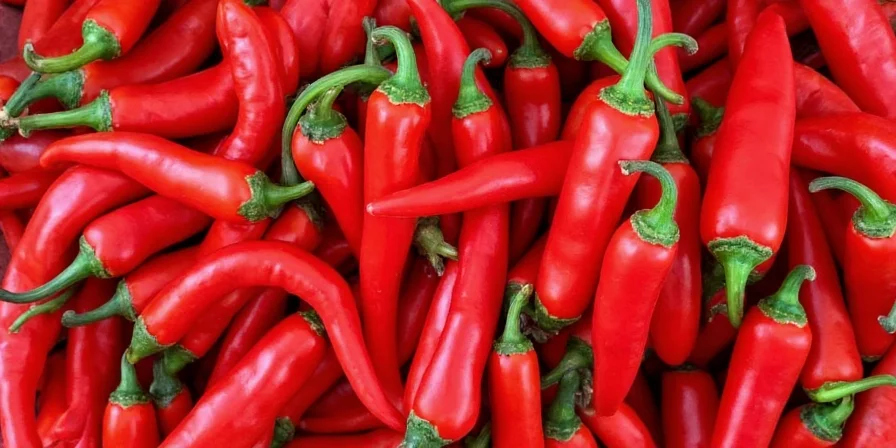
The soul of Sichuan cuisine, these dried chilies bring not only heat but also a numbing sensation thanks to the famous Huajiao (Sichuan peppercorn) synergy. Often soaked in oil or used in dry-fried dishes, they're the reason why your tongue goes numb after eating mapo tofu.
- Flavor: Earthy, smoky, tingling
- Best paired with: Doubanjiang, garlic, sichuan peppercorns
- Pro Tip: Toast them before use to unlock their full flavor potential — like giving them a spa day in a wok.
3. Indian Byadgi Chili
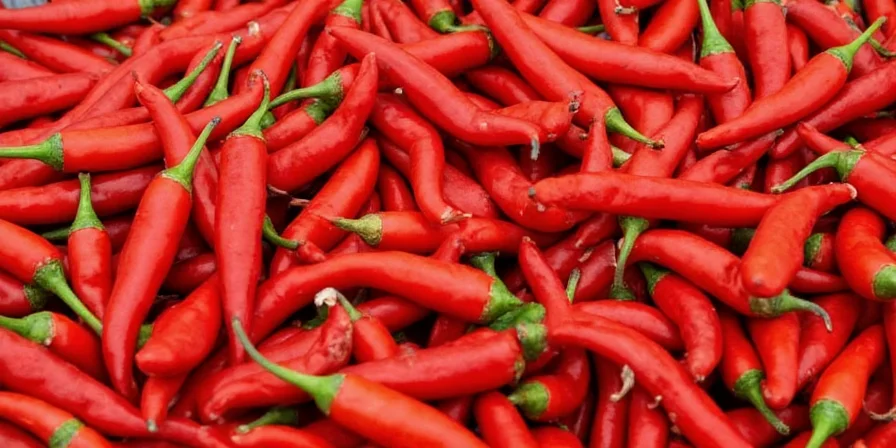
Native to Karnataka, India, this chili is more about color than pure heat. Known as the “king of red,” it gives vibrant hues to curries without burning your mouth out. Perfect if you want drama without drama.
- Flavor: Mild, nutty, buttery
- Best paired with: Tamarind, coconut, turmeric
- Pro Tip: Dry roast before grinding to enhance its rich maroon color and depth.
4. Korean Gochugaru
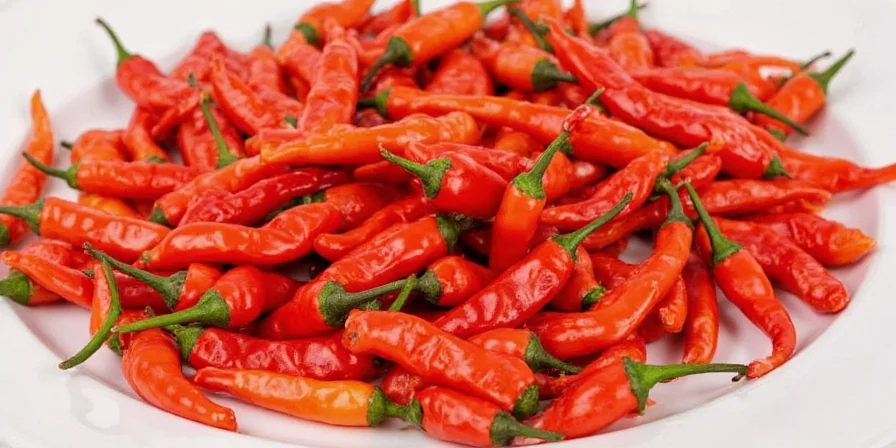
Korean cuisine wouldn't be the same without gochugaru. This sun-dried chili comes in flakes or powder form and is essential for making kimchi, gochujang, and bibimbap sauces. It offers moderate heat with a sweet undertone that sneaks up on you.
- Flavor: Sweet, smoky, mildly fruity
- Best paired with: Fermented soybean paste, rice syrup, sesame oil
- Pro Tip: Use different grind sizes depending on your recipe — fine for sauces, coarse for kimchi.
5. Japanese Shishito Pepper
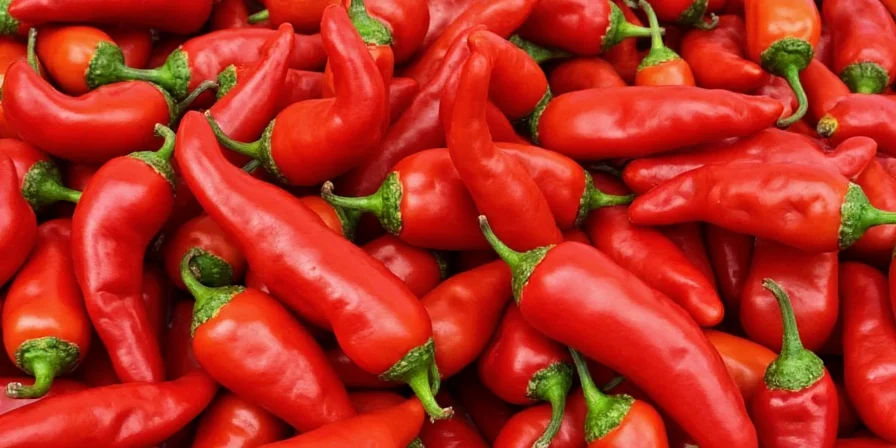
These mild, wrinkled green peppers usually offer more crunch than heat — until one randomly decides to betray you. About 1 in 10 shishitos is spicy, making every bite a gamble. Lightly grilled and salted, they’re a favorite izakaya snack.
- Flavor: Crisp, grassy, occasionally explosive
- Best paired with: Sesame seeds, lemon juice, yakitori glaze
- Pro Tip: Roast them quickly in a cast iron pan to get those beautiful char marks without turning them into mush.
6. Bhut Jolokia (Ghost Pepper) – From India/NE Asia
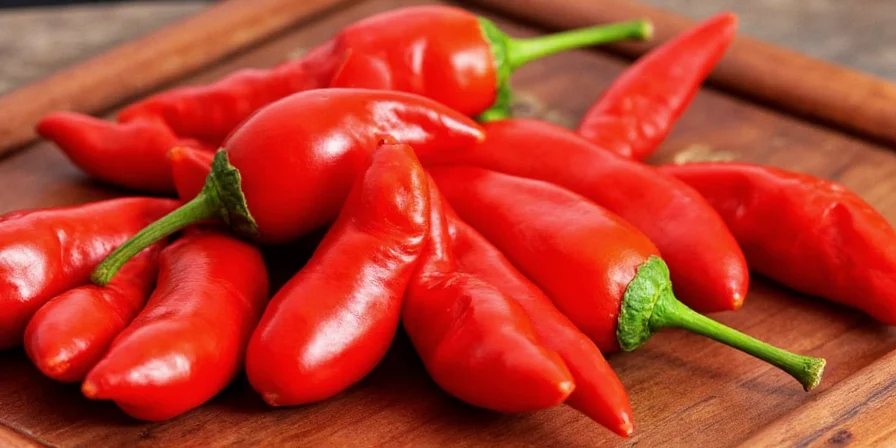
Once the reigning king of the Scoville scale (over 1 million SHU), the ghost pepper hails from Assam, India. Today, it’s mostly used in experimental cooking, chili oil infusions, or dare-you-to-eat-it challenges.
- Flavor: Fruity, floral, followed by a volcanic aftermath
- Best paired with: Nothing. Just kidding. Pair with dairy, sugar, or tears.
- Pro Tip: Wear gloves when handling — even your skin might regret touching it.
7. Vietnamese Ớt Hiểm
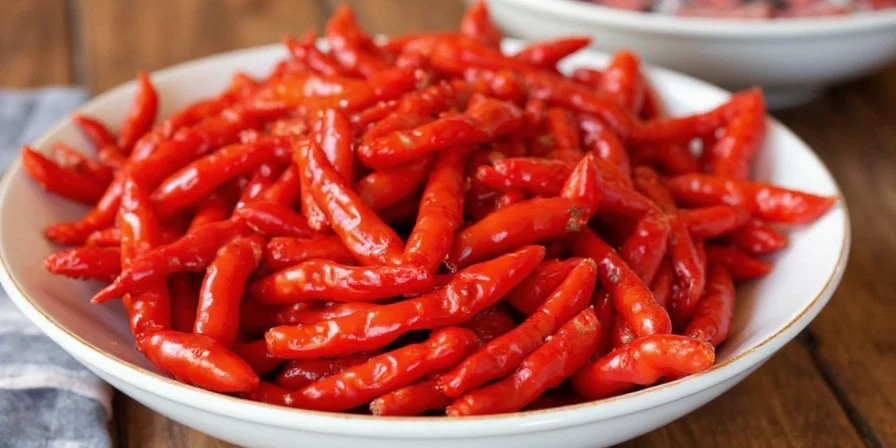
This slender, orange-red chili is common in Vietnamese cooking, especially in dipping sauces like nước chấm. While not the hottest, its sharp bite adds brightness to fresh herbs and meats.
- Flavor: Zesty, clean, with a subtle tang
- Best paired with: Lime, mint, nuoc mam
- Pro Tip: Thinly sliced and soaked in vinegar for a quick chili condiment.
Pepper Showdown: Heat vs. Flavor
| Pepper Name | Scoville Heat Units | Flavor Profile | Common Uses | Cooling Companion |
|---|---|---|---|---|
| Thai Bird’s Eye | 50,000 - 100,000 | Bright, Citrusy | Curries, Som Tam, Chili Paste | Coconut Milk |
| Sichuan Chili | 20,000 - 50,000 | Smoky, Tingling | Dry-Fried Dishes, Oil-Based Sauces | Tea or Noodles |
| Byadgi Chili | 30,000 - 40,000 | Mild, Nutty | Curries, Pickles, Spice Blends | Raita |
| Gochugaru | 4,000 - 10,000 | Sweet, Smoky | Kimchi, Gochujang, Bibimbap | Kimchi Brine? |
| Shishito | 100 - 1,000 | Grassy, Mild | Snacks, Stir-Fries | Beer |
| Bhut Jolokia | 1,000,000+ | Fruity, Explosive | Chili Oil, Dares | Milk, Ice Cream, Regrets |
| Vietnamese Ớt Hiểm | 50,000 - 100,000 | Zesty, Tangy | Dipping Sauces, Pho Garnish | Lime Juice |
Tips & Tricks for Handling the Heat
You don’t have to suffer in silence — there are ways to tame the flames while still enjoying the flavor fireworks.
- Remove the Seeds and Veins: Most of the capsaicin (the molecule responsible for the burn) lives here. Scoop ’em out before cooking.
- Use Dairy or Fat: Milk, yogurt, sour cream, or even avocado can neutralize the burn. Water? Not your friend — it spreads the fire!
- Wear Gloves: Seriously. Capsaicin sticks to your skin and finds its way to your eyes. Always wear gloves when dealing with super-spicy chilies like Bhut Jolokia.
- Toasting Enhances Flavor: Toast dried chilies in a dry pan for a few seconds to release oils and deepen flavor. Keep it moving — they burn easily.
- Make a Chili Oil: Infuse dried chilies in oil to preserve flavor and create a multipurpose condiment. Great for stir-fries, noodles, or drizzling over eggs.
- Store Chilies Properly: Fresh peppers last longer in the fridge. Dried ones should be kept in airtight containers away from light. Freezing works too!
- Pair with Acid: A splash of lime or vinegar balances heat beautifully. Think ceviche meets chili — zesty harmony.
Conclusion
Asian hot peppers are more than just fire starters — they’re cultural storytellers, flavor architects, and sometimes, life teachers in disguise. Whether you’re savoring the citrusy kick of a Thai bird’s eye chili or dancing around the kitchen trying to find the milk after biting into a ghost pepper, each variety has something unique to offer.
So next time you reach for that chili paste or sprinkle gochugaru on your kimchi, remember — you’re not just adding heat. You’re continuing a tradition that spans centuries and continents. And maybe… avoiding your face for a few minutes after eating.

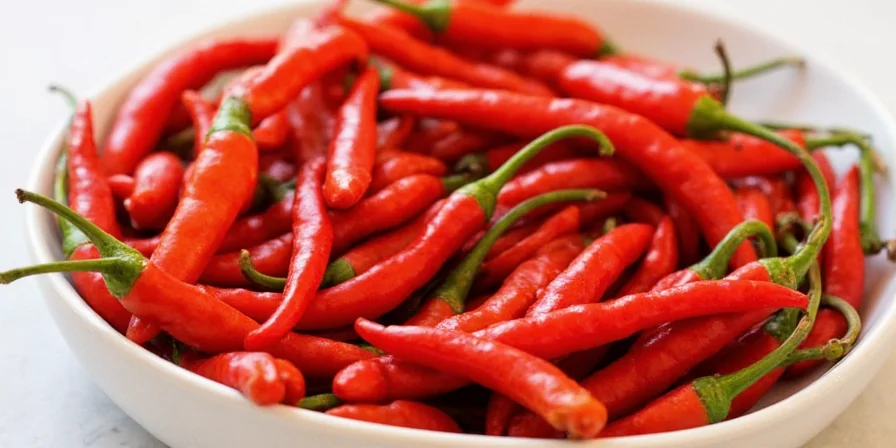









 浙公网安备
33010002000092号
浙公网安备
33010002000092号 浙B2-20120091-4
浙B2-20120091-4